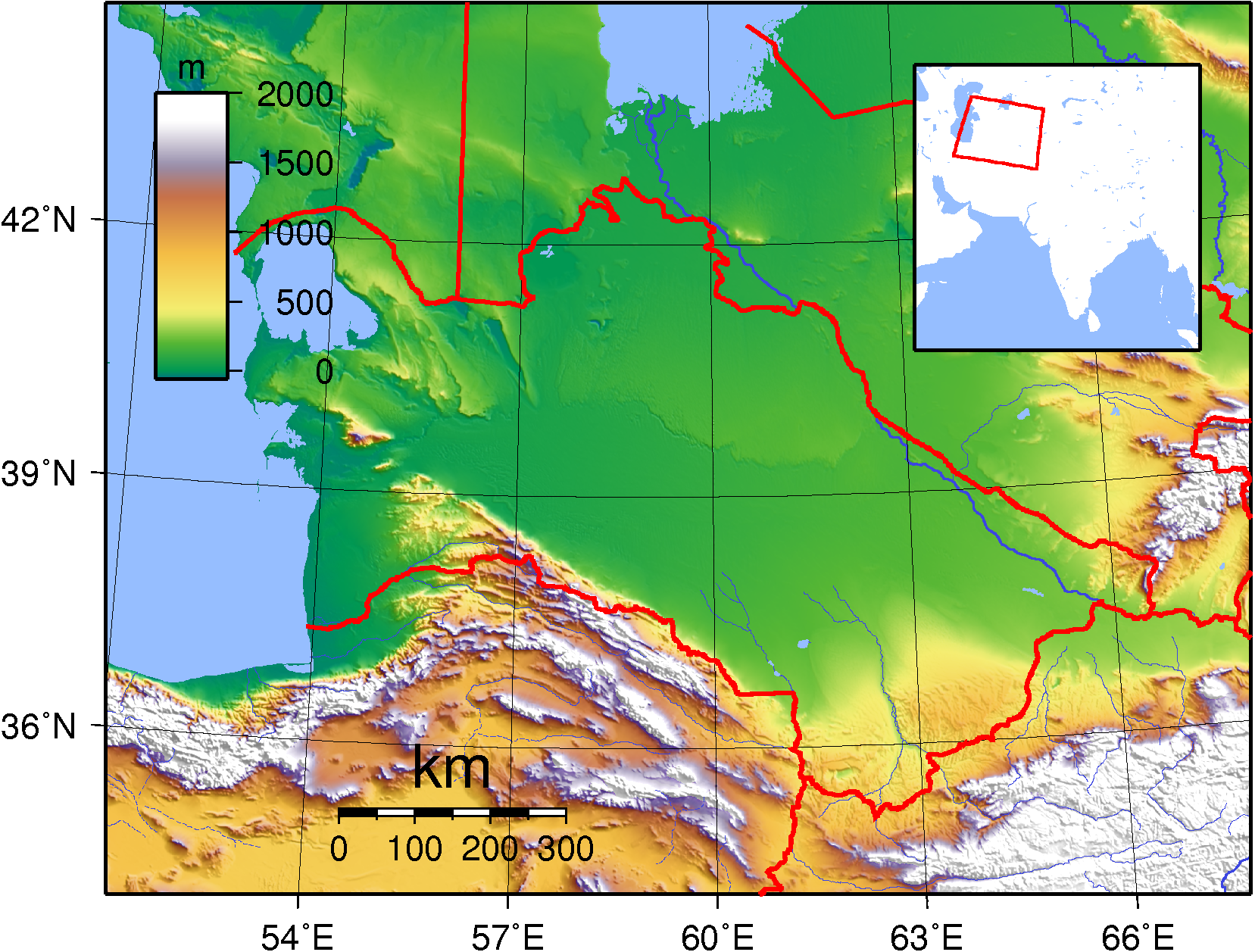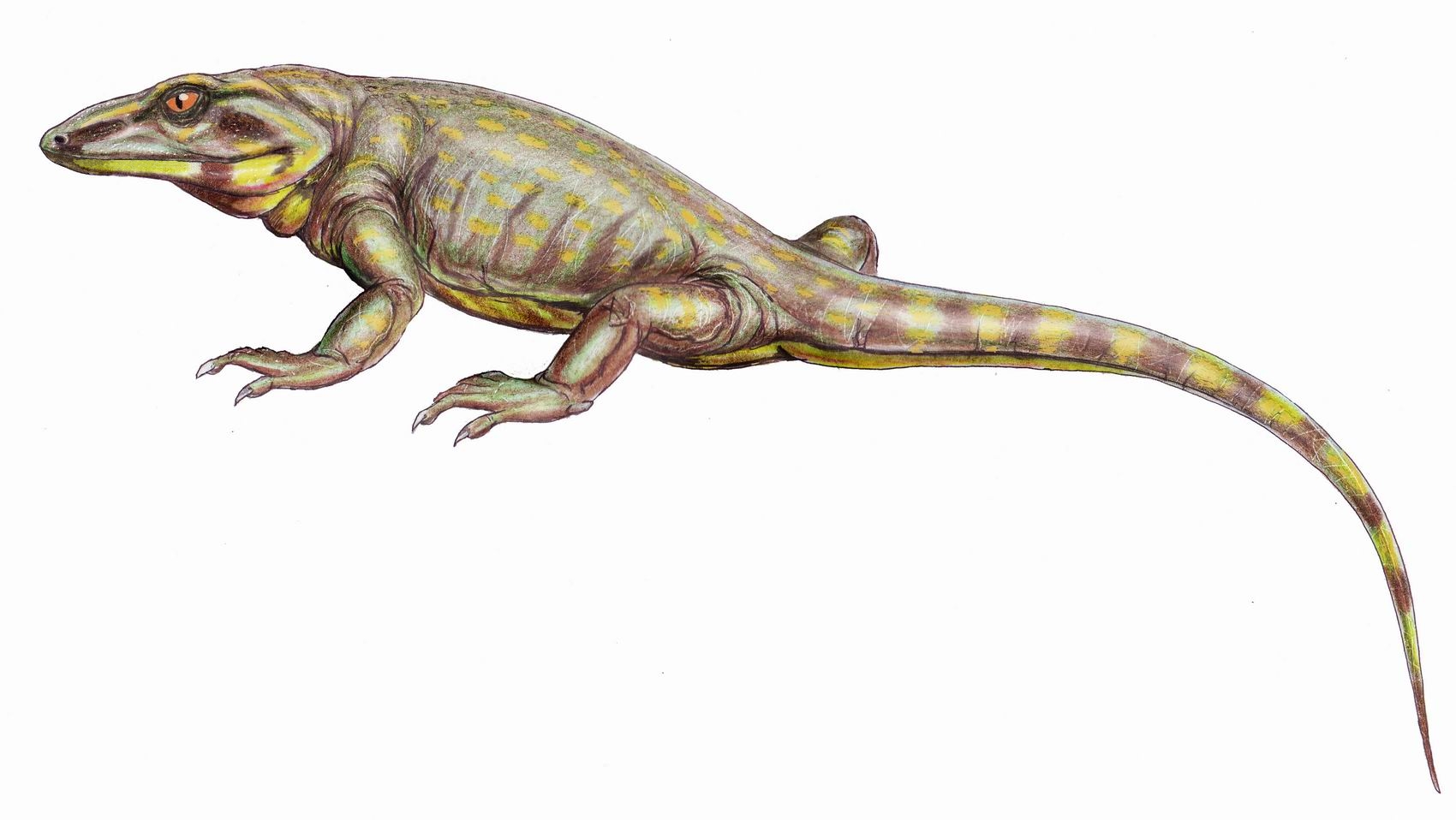|
Phrynocephalus Mystaceus
''Phrynocephalus mystaceus'', also known as the secret toadhead agama and toad-headed agama, is a species of agamid lizard. It is found in southern Russia, Kazakhstan, and northwestern China (Xinjiang) and southward to northern Iran, Afghanistan, Turkmenistan, Tajikistan, Kyrgyzstan, and Uzbekistan.The most exciting feature of the toad-headed agamas is their defense mechanism. When threatened, they flatten their bodies and open their mouths wide, such that their bright-colored flaps open. This, along with continuous hissing, scares whatever predator they encounter.Zheng, P., Liang, T., & Shi, L. (2024, September 30). Are toe fringes important for lizard burying in highly mobile sand? - frontiers in zoology. BioMed Central. https://frontiersinzoology.biomedcentral.com/articles/10.1186/s12983-024-00546-y Subspecies Two subspecies are recognized: Habitat ''Phrynocephalus mystaceus'' is generally associated with unvegetated tops of large, high sand dunes and occurs at elevations of ... [...More Info...] [...Related Items...] OR: [Wikipedia] [Google] [Baidu] |
Peter Simon Pallas
Peter Simon Pallas Fellow of the Royal Society, FRS FRSE (22 September 1741 – 8 September 1811) was a Prussia, Prussian zoologist, botanist, Ethnography, ethnographer, Exploration, explorer, Geography, geographer, Geology, geologist, Natural history, natural historian, and Taxonomy, taxonomist. He studied natural sciences at various universities in Germany in the early modern period, early modern Germany and worked primarily in the Russian Empire between 1767 and 1810. Life and work Peter Simon Pallas was born in Berlin, Kingdom of Prussia, the son of Professor of Surgery Simon Pallas. He studied with private tutors and took an interest in natural history, later attending the University of Halle and the University of Göttingen. In 1760, he moved to the University of Leiden and passed his doctor's degree at the age of 19. Pallas travelled throughout the Dutch Republic and to London, improving his medical and surgical knowledge. He then settled at The Hague, and his new ... [...More Info...] [...Related Items...] OR: [Wikipedia] [Google] [Baidu] |
Lizards Of Asia
Lizard is the common name used for all Squamata, squamate reptiles other than snakes (and to a lesser extent amphisbaenians), encompassing over 7,000 species, ranging across all continents except Antarctica, as well as most Island#Oceanic islands, oceanic Archipelago, island chains. The grouping is Paraphyly, paraphyletic as some lizards are more closely related to snakes than they are to other lizards. Lizards range in size from chameleons and geckos a few centimeters long to the 3-meter-long Komodo dragon. Most lizards are quadrupedal, running with a strong side-to-side motion. Some lineages (known as "legless lizards") have secondarily lost their legs, and have long snake-like bodies. Some lizards, such as the forest-dwelling ''Draco (genus), Draco'', are able to glide. They are often Territory (animal), territorial, the males fighting off other males and signalling, often with bright colours, to attract mates and to intimidate rivals. Lizards are mainly carnivorous, often b ... [...More Info...] [...Related Items...] OR: [Wikipedia] [Google] [Baidu] |
Fauna Of Uzbekistan
The following outline is provided as an overview of and topical guide to Uzbekistan: Uzbekistan – doubly landlockedUzbekistan and Liechtenstein are the only two doubly landlocked countries. sovereign country located in Central Asia. It borders Kazakhstan to the west and to the north, Kyrgyzstan and Tajikistan to the east, and Afghanistan and Turkmenistan to the south. General reference * Pronunciation: * Common English country name: Uzbekistan * Official English country name: The Republic of Uzbekistan * Common endonym(s): O'zbekiston * Official endonym(s): O‘zbekiston Respublikasi * Adjectival(s): Uzbekistani, Uzbek * Demonym(s): Uzbekistani, Uzbek * International rankings of Uzbekistan * ISO country codes: UZ, UZB, 860 * ISO region codes: See ISO 3166-2:UZ * Internet country code top-level domain: .uz * Currency: Uzbekistani sum, UZS Geography of Uzbekistan Geography of Uzbekistan * Uzbekistan is: a doubly landlocked country * Location: ** North ... [...More Info...] [...Related Items...] OR: [Wikipedia] [Google] [Baidu] |
Fauna Of Turkmenistan
The wildlife of Turkmenistan is the flora and fauna of Turkmenistan, and the natural habitats in which they live. Turkmenistan is a country in Central Asia to the east of the Caspian Sea. Two thirds of the country is hot dry plains and desert, and the rest is more mountainous. Very little rain falls in summer and the chief precipitation occurs in the southern part of the country in the winter and spring. The Caspian coast has milder winters. The desert sees limited plant growth in the winter, with grasses and xeric plants and shrubs sprouting, and with the arrival of spring, the rains encourage the growth and flowering of ephemeral plants. The mountains in the south of the country are covered in shrublike and juniper woodlands, and larger trees grow in the gullies and river valleys. A wide range of animals are found in Turkmenistan, including 91 species of mammal, 82 species of reptile and nearly 400 species of bird. A number of nature reserves and sanctuaries have been created f ... [...More Info...] [...Related Items...] OR: [Wikipedia] [Google] [Baidu] |
Fauna Of Tajikistan
Fauna (: faunae or faunas) is all of the animal life present in a particular region or time. The corresponding terms for plants and fungi are ''flora'' and ''funga'', respectively. Flora, fauna, funga and other forms of life are collectively referred to as ''Biota (ecology), biota''. Zoologists and paleontologists use ''fauna'' to refer to a typical collection of animals found in a specific time or place, e.g. the "Sonoran Desert fauna" or the "Burgess Shale fauna". Paleontology, Paleontologists sometimes refer to a sequence of faunal stages, which is a series of rocks all containing similar fossils. The study of animals of a particular region is called faunistics. Etymology '':wikt:fauna, Fauna'' comes from the name Fauna (deity), Fauna, a Roman goddess of earth and fertility, the Roman god Faunus, and the related forest spirits called Fauns. All three words are cognates of the name of the Greek god Pan (god), Pan, and ''panis'' is the Modern Greek equivalent of fauna (πα� ... [...More Info...] [...Related Items...] OR: [Wikipedia] [Google] [Baidu] |
Reptiles Of Russia
Reptiles, as commonly defined, are a group of tetrapods with an ectothermic metabolism and amniotic development. Living traditional reptiles comprise four orders: Testudines, Crocodilia, Squamata, and Rhynchocephalia. About 12,000 living species of reptiles are listed in the Reptile Database. The study of the traditional reptile orders, customarily in combination with the study of modern amphibians, is called herpetology. Reptiles have been subject to several conflicting taxonomic definitions. In Linnaean taxonomy, reptiles are gathered together under the Class (biology), class Reptilia ( ), which corresponds to common usage. Modern Cladistics, cladistic taxonomy regards that group as Paraphyly, paraphyletic, since Genetics, genetic and Paleontology, paleontological evidence has determined that birds (class Aves), as members of Dinosauria, are more closely related to living crocodilians than to other reptiles, and are thus nested among reptiles from an evolutionary perspective. ... [...More Info...] [...Related Items...] OR: [Wikipedia] [Google] [Baidu] |
Fauna Of Kyrgyzstan
Fauna (: faunae or faunas) is all of the animal life present in a particular region or time. The corresponding terms for plants and fungi are ''flora'' and ''funga'', respectively. Flora, fauna, funga and other forms of life are collectively referred to as '' biota''. Zoologists and paleontologists use ''fauna'' to refer to a typical collection of animals found in a specific time or place, e.g. the "Sonoran Desert fauna" or the "Burgess Shale fauna". Paleontologists sometimes refer to a sequence of faunal stages, which is a series of rocks all containing similar fossils. The study of animals of a particular region is called faunistics. Etymology ''Fauna'' comes from the name Fauna, a Roman goddess of earth and fertility, the Roman god Faunus, and the related forest spirits called Fauns. All three words are cognates of the name of the Greek god Pan, and ''panis'' is the Modern Greek equivalent of fauna (πανίς or rather πανίδα). ''Fauna'' is also the word for a book ... [...More Info...] [...Related Items...] OR: [Wikipedia] [Google] [Baidu] |
Reptiles Of Iran
Reptiles, as commonly defined, are a group of tetrapods with an ectothermic metabolism and amniotic development. Living traditional reptiles comprise four orders: Testudines, Crocodilia, Squamata, and Rhynchocephalia. About 12,000 living species of reptiles are listed in the Reptile Database. The study of the traditional reptile orders, customarily in combination with the study of modern amphibians, is called herpetology. Reptiles have been subject to several conflicting taxonomic definitions. In Linnaean taxonomy, reptiles are gathered together under the class Reptilia ( ), which corresponds to common usage. Modern cladistic taxonomy regards that group as paraphyletic, since genetic and paleontological evidence has determined that birds (class Aves), as members of Dinosauria, are more closely related to living crocodilians than to other reptiles, and are thus nested among reptiles from an evolutionary perspective. Many cladistic systems therefore redefine Reptilia as a cla ... [...More Info...] [...Related Items...] OR: [Wikipedia] [Google] [Baidu] |
Reptiles Of China
Reptiles, as commonly defined, are a group of tetrapods with an ectothermic metabolism and Amniotic egg, amniotic development. Living traditional reptiles comprise four Order (biology), orders: Testudines, Crocodilia, Squamata, and Rhynchocephalia. About 12,000 living species of reptiles are listed in the Reptile Database. The study of the traditional reptile orders, customarily in combination with the study of modern amphibians, is called herpetology. Reptiles have been subject to several conflicting Taxonomy, taxonomic definitions. In Linnaean taxonomy, reptiles are gathered together under the Class (biology), class Reptilia ( ), which corresponds to common usage. Modern Cladistics, cladistic taxonomy regards that group as Paraphyly, paraphyletic, since Genetics, genetic and Paleontology, paleontological evidence has determined that birds (class Aves), as members of Dinosauria, are more closely related to living crocodilians than to other reptiles, and are thus nested among re ... [...More Info...] [...Related Items...] OR: [Wikipedia] [Google] [Baidu] |
Reptiles Of Afghanistan
Reptiles, as commonly defined, are a group of tetrapods with an ectothermic metabolism and amniotic development. Living traditional reptiles comprise four orders: Testudines, Crocodilia, Squamata, and Rhynchocephalia. About 12,000 living species of reptiles are listed in the Reptile Database. The study of the traditional reptile orders, customarily in combination with the study of modern amphibians, is called herpetology. Reptiles have been subject to several conflicting taxonomic definitions. In Linnaean taxonomy, reptiles are gathered together under the class Reptilia ( ), which corresponds to common usage. Modern cladistic taxonomy regards that group as paraphyletic, since genetic and paleontological evidence has determined that birds (class Aves), as members of Dinosauria, are more closely related to living crocodilians than to other reptiles, and are thus nested among reptiles from an evolutionary perspective. Many cladistic systems therefore redefine Reptilia as a ... [...More Info...] [...Related Items...] OR: [Wikipedia] [Google] [Baidu] |
Phrynocephalus
''Phrynocephalus'' is a genus which includes 36 species of small and medium-sized Agamidae, agamid lizards, commonly called toadhead agamas or toad-headed agamas, that inhabit open arid and semiarid environments of Asia and Eastern Europe. The systematics of this genus are very complicated with many controversial points of view about the unclear Phylogenetics, phylogeny of this group. All representatives of this genus have adopted the so-called "sit and wait" hunting strategy, and they actively use visual orientation when watching for food. In general, the ecological niche and role of ''Phrynocephalus'' species in lizard communities of arid environments of Asia are poorly studied but seem to be similar to those of ''Phrynosoma, Cophosaurus, Holbrookia, Side-blotched lizard, Uta'', and ''Sceloporus'' in the New World, as well as ''Thorny dragon, Moloch'' in Australia. Species The following 36 species are recognized as being valid. [...More Info...] [...Related Items...] OR: [Wikipedia] [Google] [Baidu] |








